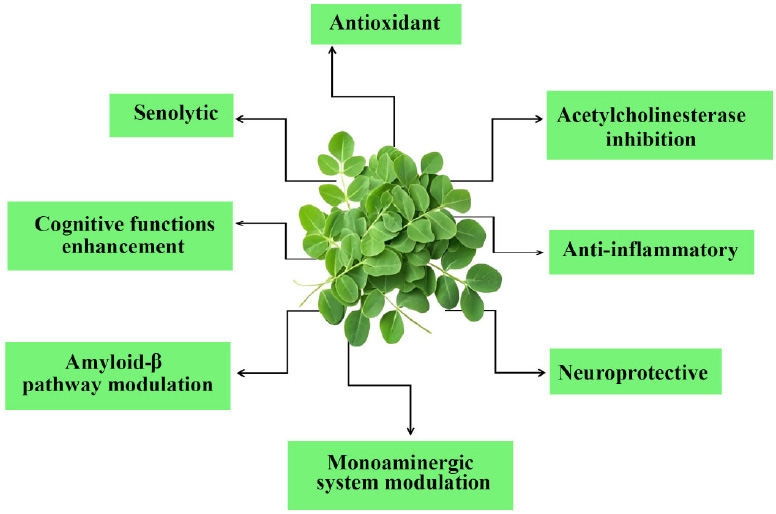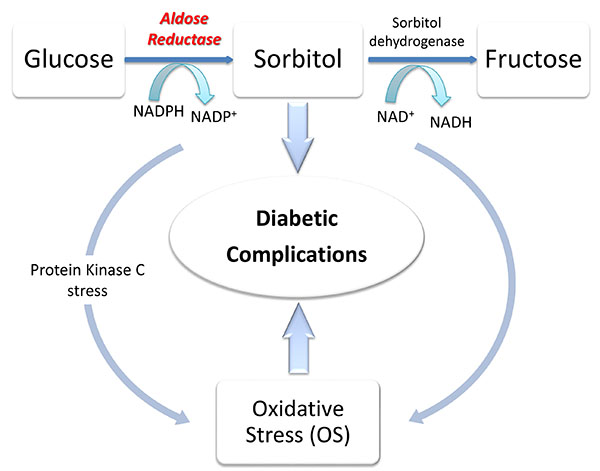The Open Medicinal Chemistry Journal a peer-reviewed journal is an important and reliable source of current information on developments in the field. The emphasis is on publishing quality papers and making them freely available to researchers worldwide.
The journal covers all areas of medicinal chemistry, including biological evaluation of novel biologically active compounds, diagnostic agents, or labeled ligands, chemical and analytical techniques used in rational drug design, synthetic chemistry, bioorganic chemistry of small molecules and naturally occurring compounds, structural characterization, pharmacokinetics, and metabolic transformation, toxicology of bioactive compounds including design, synthesis, and evaluation of novel types of prodrugs, quantitative structure-activity relationships, modelling studies, docking studies, new and emerging drug targets, pharmacogenomics, high-throughput screening, and combinatorial chemistry.
The Open Medicinal Chemistry Journal is an international, peer-reviewed, open-access journal covering all aspects of medicinal chemistry published continuously by Bentham Open.











